Scarlet O’Hara Pieris
$44.50 Original price was: $44.50.$31.15Current price is: $31.15.
- Free Shipping over $25
- Fast & reliable delivery options
- Enjoy top quality items for less
- Multiple safe payment methods

If you live anywhere in the east, southeast or northwest, chances are that your soil is acidic. There are other areas too, and one of the first things you want to know about your soil is its acid/alkaline balance – it’s pH. When gardeners find they have acid soil, they usually begin by growing azaleas and rhododendrons, and blue hydrangeas, but that is only a beginning. There is a whole range of beautiful shrubs that thrive in acid soils, and among the most beautiful are the Pieris, or lily-of-the-valley bush. Larger varieties of that charming shrub – like the ‘Scarlett O’Hara’ Pieris – are perfect background evergreens for your beds of smaller shrubs. Saying ‘background’ suggests a less-than-magnificent plant, but nothing could be further from the truth. This wonderful medium-sized bush has handsome glossy foliage year round, but that is only the beginning. The new leaves in spring are red-bronze, like the glowing embers of a fire, and the charming flowers that appear before them are a cascade of white bells, hanging in clusters from the ends of every branch. There are other varieties of Pieris, but like its namesake, the ‘Scarlett O’Hara’ Pieris is a beauty that has no rivals.
Growing the ‘Scarlett O’Hara’ Pieris
Size and Appearance
The ‘Scarlett O’Hara’ Pieris is an upright mounding shrub growing to 6 or 8 feet tall in 10 years or so. At that stage it will only be 4 or 5 feet wide, with a slender form and branches to the ground. Older plants will become a few feet taller and wider, and may begin to expose some of the attractive reddish-brown stems at their base. This narrower form is perfect when you don’t have a lot of space, or for filling a corner, or you can plant a group of three of you want to fill a larger area. The oval leaves are leathery and glossy, with a smooth surface and a rich green color. They are 2 or 3 inches long, and stay attractive all year round. New growth develops as tufts of leaves that sprout from below the fading flowers. The new leaves are extra-glossy, and a beautiful red-bronze, creating a rich and satisfying effect.
The first sign of the flowers is seen in late fall, when tiny green fingers cluster at the ends of the branches. These develop slowly over winter into strands about 6 inches long, studded with buds. Between March and May, depending on your growing zone, the flowers open. They are small hanging upside-down urns, white, sometimes with red speckles, approaching ½ an inch across. They have a soft honey fragrance. The flowers can often develop into clusters of brown seed pods of no particular ornamental value.
Using the ‘Scarlett O’Hara’ Pieris in Your Garden
As background shrubs in your beds, the ‘Scarlett O’Hara’ Pieris is unequaled for its beauty and charm. It looks just as good in a woodland setting as in shrub beds, and it even fits well into the more formal planting of evergreens that many people grow around their house. In warmer zones it can also be grown in outdoor planters, and this is a great solution if you don’t have the necessary acidic soil – when planting in pots use a potting soil for acid-loving plants.
Hardiness
The ‘Scarlett O’Hara’ Pieris will grow from zone 5 in sheltered spots and through all warmer zones, including zone 9 in the northwest, but not in the southeast, where zone 8 is about the limit.
Sun Exposure and Soil Conditions
In cooler zones your ‘Scarlett O’Hara’ Pieris will be happy in full sun, if the soil isn’t dry, but in warmer zones afternoon shade is best. It will also grow well in the dappled shade of woodlands, or against a north-facing wall. The soil should be acidic, with a pH value of no more than 6.5, and preferably lower. The ideal soil is rich and moist, but well-drained – avoid dry areas and wet, soggy places too. This plant is not drought resistant.
Maintenance and Pruning
Very little care is needed to grow the ‘Scarlett O’Hara’ Pieris to perfection. Water younger plants regularly, especially in summer, and use lime-free organic mulch to help keep the soil moist and cool. Pests or diseases are rare, and usually only a problem when the growing conditions are poor. You might want to remove any small, twiggy branches that are weak or die while this plant is developing, but no regular pruning is needed. If you do need to trim, only do this at the time when the flowers are fading, and never trim the new leaf clusters, or flowers won’t develop. On young plants removing the spent flowers, without cutting any leaves off, will help them grow more vigorously.
History and Origin of the ‘Scarlett O’Hara’ Pieris
The ‘Scarlett O’Hara’ Pieris is a variety of Pieris japonica, a shrub native to the woodlands of Japan. Because of the form of the flowers, it is often called lily-of-the-valley bush, or andromeda (an earlier botanical name for it). Although cases of poisoning are rare, all parts of this plant are toxic to humans and animals, similar to rhododendrons, so don’t grow it where horses or cattle could eat it. It is also poisonous to dogs and cats, although they only very rarely eat it.
We don’t know much about the origin of the variety called ‘Scarlett O’Hara’, but it is reported as being created in New Zealand, sometime before 1980.
Buying the ‘Scarlett O’Hara’ Pieris at the Tree Center
Pieris are a lovely group of plants that are always admired when they are seen, but not always planted. Bring another element to your garden of acid-loving plants with the lovely ‘Scarlett O’Hara’ Pieris, and order now, because our supply of these plants is not large, and it is never widely available.
Be the first to review “Scarlet O’Hara Pieris” Cancel reply
Related products
Shrubs and Hedges
Ornamental Grasses
Shrubs and Hedges
Other Shrubs & Hedges
Butterfly Bush
Knock Out® Roses
Hibiscus
Boxwood Shrubs

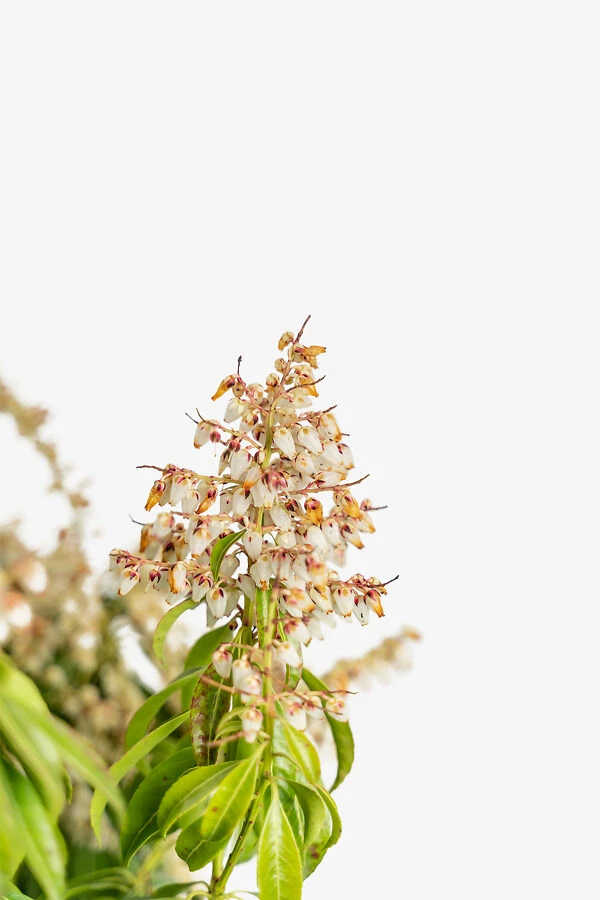
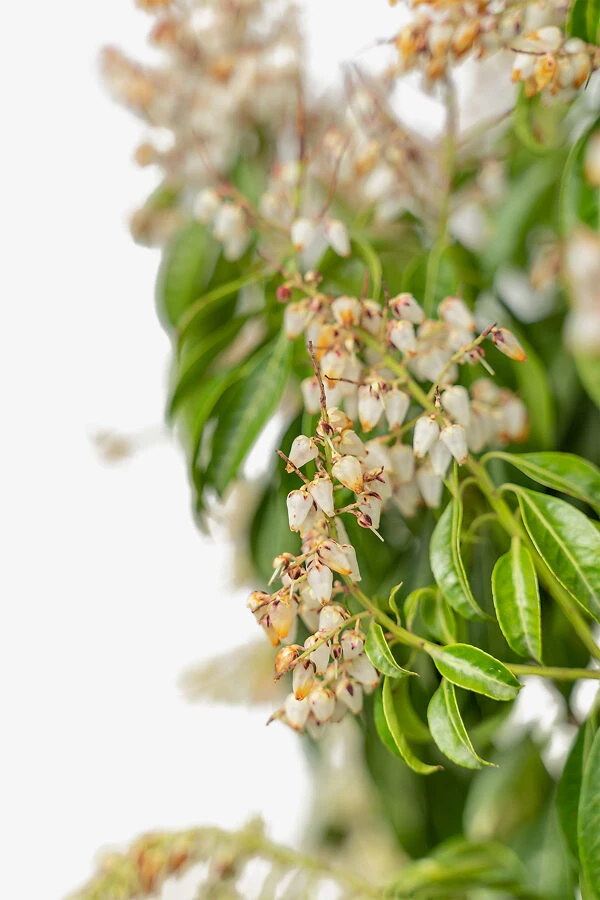
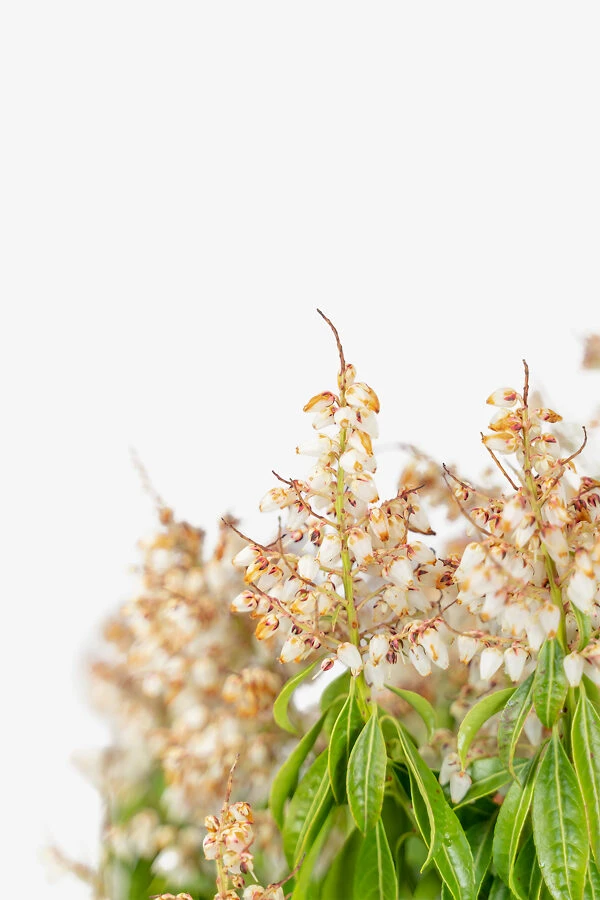


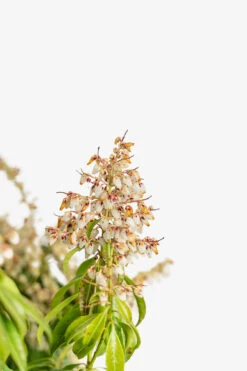

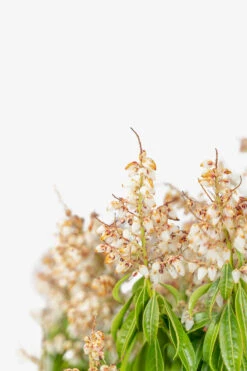


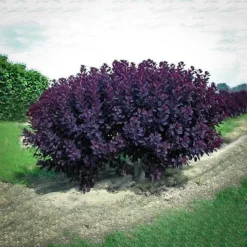
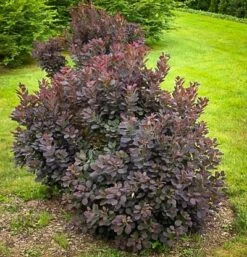
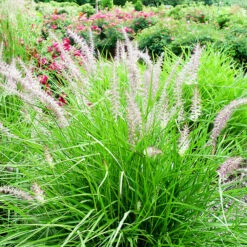
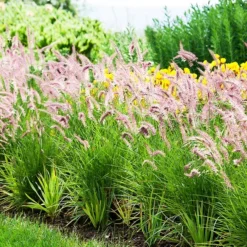
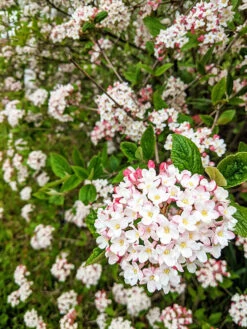
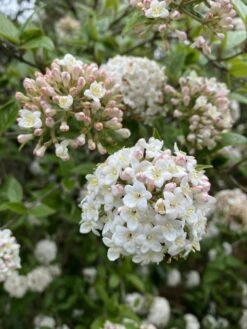
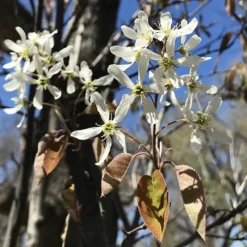


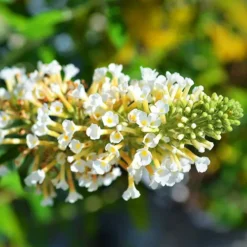

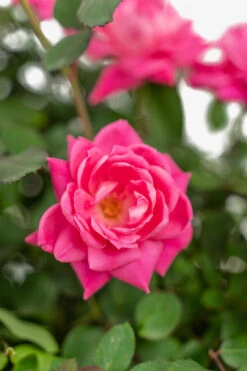
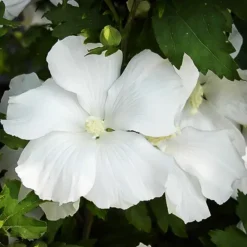
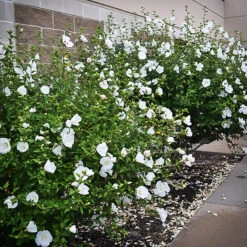


Reviews
There are no reviews yet.